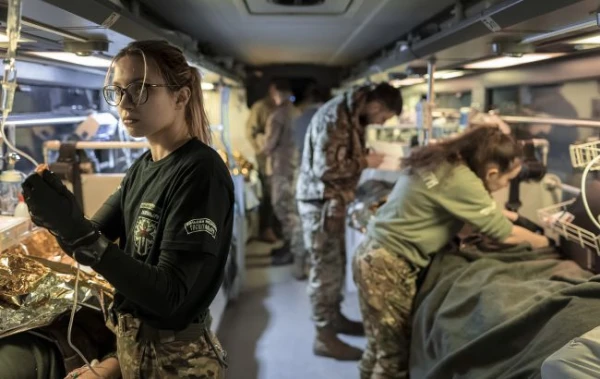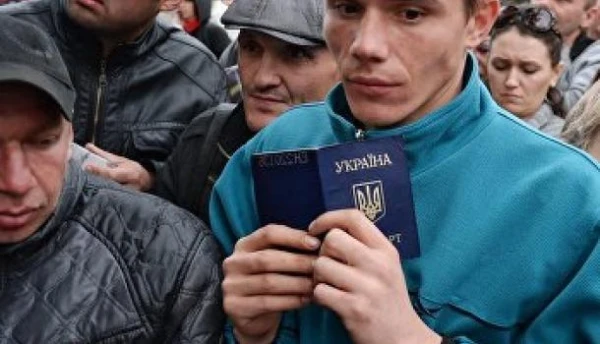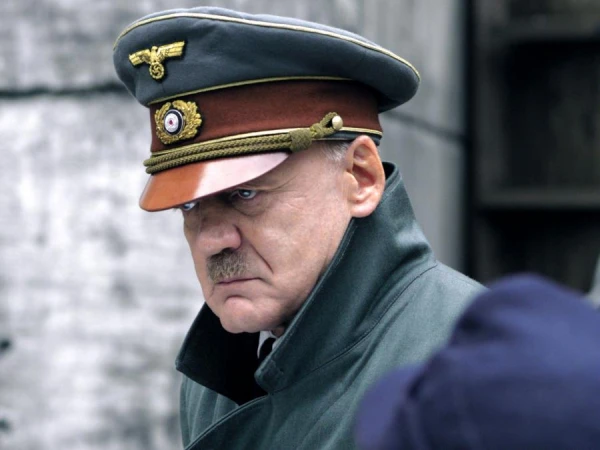
Soldiers are facing horrors reminiscent of World War I.
In Ukraine, cases of a dangerous infectious disease — gas gangrene — are being reported again. Ukrainian medics have reported this, and The Telegraph notes that this is the very disease historically associated with the trenches of World War I.
According to the publication, the infection, which rapidly destroys muscle tissue, is spreading again due to the harsh conditions of modern positional warfare. Doctors told journalists that due to the constant threat from the air and enemy drones, the evacuation of wounded soldiers often becomes impossible. This leads to situations where the injured remain without proper assistance for days or even weeks, and the number of infection cases is rapidly increasing.
"We are facing evacuation delays that have not been seen since World War II, perhaps even earlier. Therefore, pathologies are appearing that we have never seen before," said one of the Ukrainian medics in a comment to the publication.
The article explains that gas gangrene is a severe bacterial disease of the muscles caused by Clostridium microorganisms. It got its name due to the characteristic gas bubbles that form under the skin during the infection.
Clostridium bacteria actively multiply in dead tissues that are deprived of oxygen. The person experiences severe pain, swelling, and changes in skin color, and when gas moves under the skin, a peculiar crackling sound occurs.
Medics clarify that ordinary gangrene usually develops more slowly and is not accompanied by the release of toxins or gases, whereas gas gangrene has a rapid course and often ends in death if help is not provided in time.
The infection usually occurs after severe traumatic injuries from explosions or gunshot wounds. Situations are particularly dangerous when the wounded cannot reach hospitals in the first hours after the injury.
"People who were injured several weeks ago and have been in underground stabilization points all this time come to our hospital. We do everything possible to support their lives," shared a Ukrainian medic.
Lindsay Edwards, a senior lecturer in microbiology at King's College London, explained that treating gas gangrene is extremely difficult and not always effective even in leading clinics around the world.
"It usually involves surgical cleaning of the wound, removal of affected tissues, and the intravenous administration of powerful antibiotics. Without treatment, mortality approaches almost 100%," emphasized the expert.
However, as The Telegraph notes, in Ukraine, due to hostilities, the sanitation of wounds and timely application of antibiotics are often impossible. This creates conditions similar to those that prevailed on the front lines a century ago.
Gas gangrene has historically been associated with World War I, when soldiers fought in damp and dirty trenches, often on soils contaminated with manure — a natural environment for Clostridium bacteria. At that time, before the advent of antibiotics, mortality among the wounded was catastrophic.
During World War II, the introduction of antibiotics sharply reduced the risk of infection; however, today, due to evacuation difficulties and a shortage of medications, old diseases are reminding us of their presence again.













Leave a comment